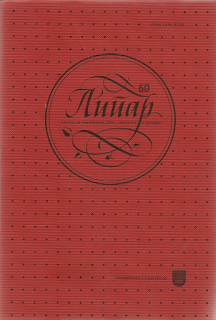ВРЕМЕ, СЕЋАЊЕ И САВРЕМЕНИ АМЕРИЧКИ РАТНИ ФИЛМ У ФИЛМОЗОФИЈИ ЖИЛА ДЕЛЕЗА
TIME, MEMORY AND CONTEMPORARY AMERICAN WAR FILM IN THE FILMOSOPHY OF GILLES DELEUZE
Author(s): Sandra M. NikolićSubject(s): Fine Arts / Performing Arts, Film / Cinema / Cinematography, Sociology of Art
Published by: Универзитет у Крагујевцу
Keywords: narrative;the narrative of triumphalism;movement-image;time-image;war film; deterritorialization;the narrative of memory;fragmentation;non-linearity
Summary/Abstract: In this study, the narrative of memory in the contemporary war film is analyzed through the theoretical model of Gilles Deleuze i.e. through his categories of the time-image and the movement-image. On one hand, the movement-image, which characterizes the classical cinema, is the basic image which provides a sensory-motor wholeness, while on the other hand the time-image and the contemporary cinema are built on the ruins of the sensory-motor formula and the action-image which leads to discontinuity and non-linearity in narration. Such fragmentary structure is a very complex form and a system of relations which develop their specific meanings within a film and at the level of every scene. While Deleuze qualifies the movementimage i.e. narrative of the U.S. classical cinema as the triumph of the U.S. film, the non-linear time scheme of the contemporary war film shows the influence of the movement-image and deterritorialization of the narrative of triumphalism. In the war film, the narrative manipulates the memory of the characters in order to create the narrative of triumphalism and deterritorialization. Memory is presented using the flashback technique. While in the movement-image film the role of flashback is to explain the viewer why a certain event happened the way it did, in the time-image film it often creates even greater confusion. Since there is an unlimited number of contradictory and confusing versions of the past in the virtual labyrinth of time, it is understandable that the narrative of the time-image is always non-linear, which confuses the viewer and calls for his greater mental activity in order to grasp the story. In the time-image, our hypotheses about what happened in the past, what is going on in the present, and what will happen in the future are always questioned.
Journal: Липар - часопис за књижевност, језик, уметност и културу
- Issue Year: XVII/2016
- Issue No: 60
- Page Range: 173-183
- Page Count: 11
- Language: Serbian

